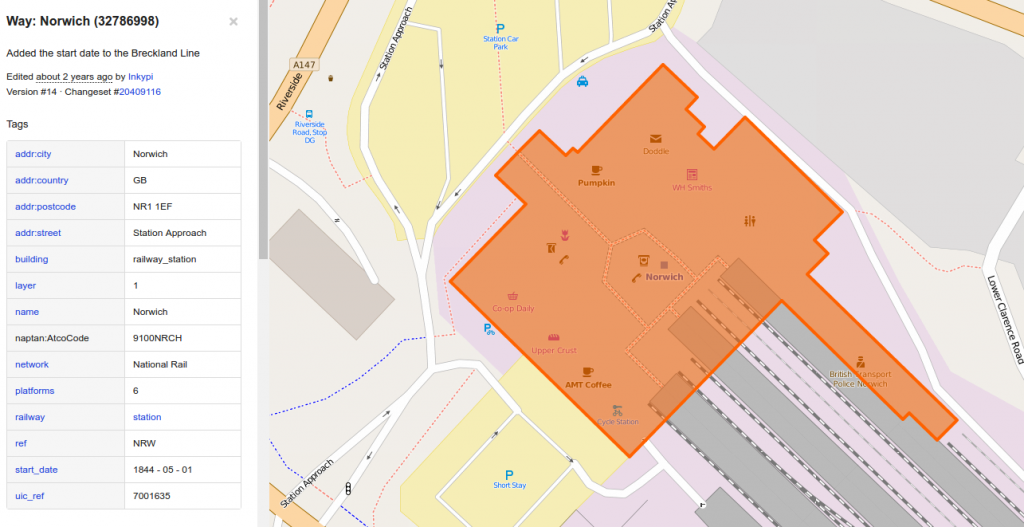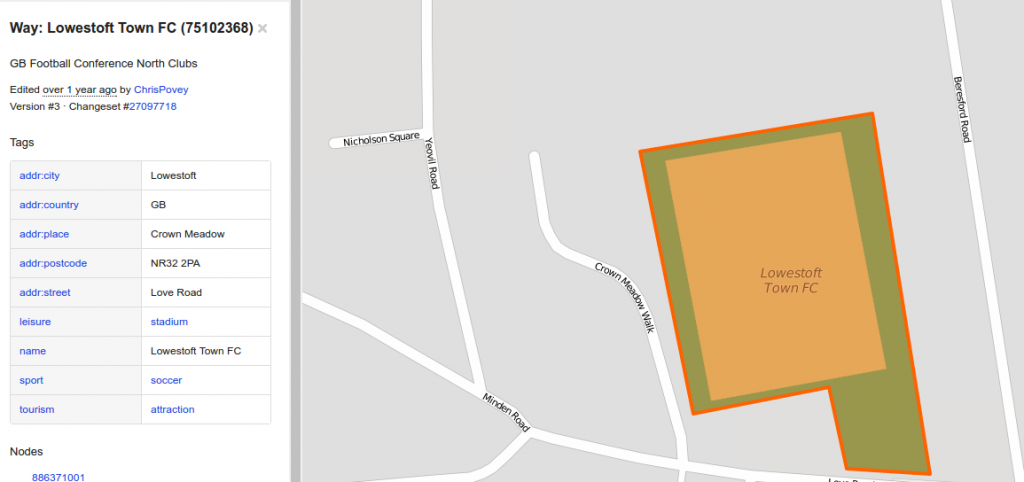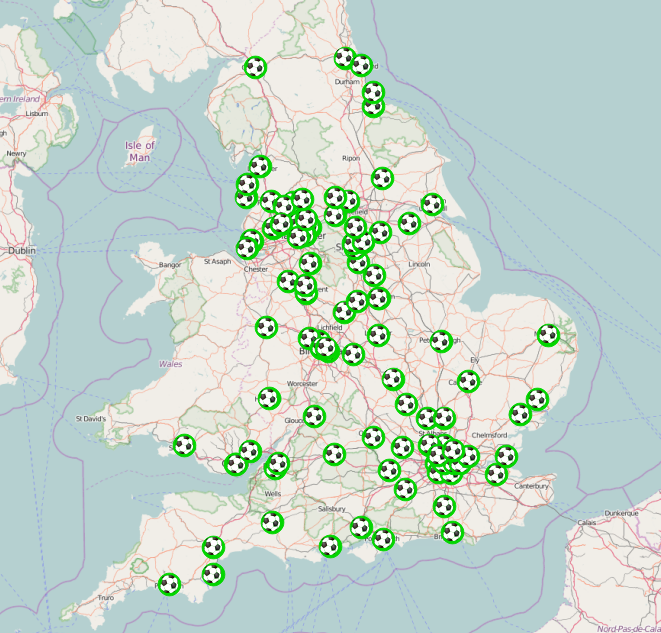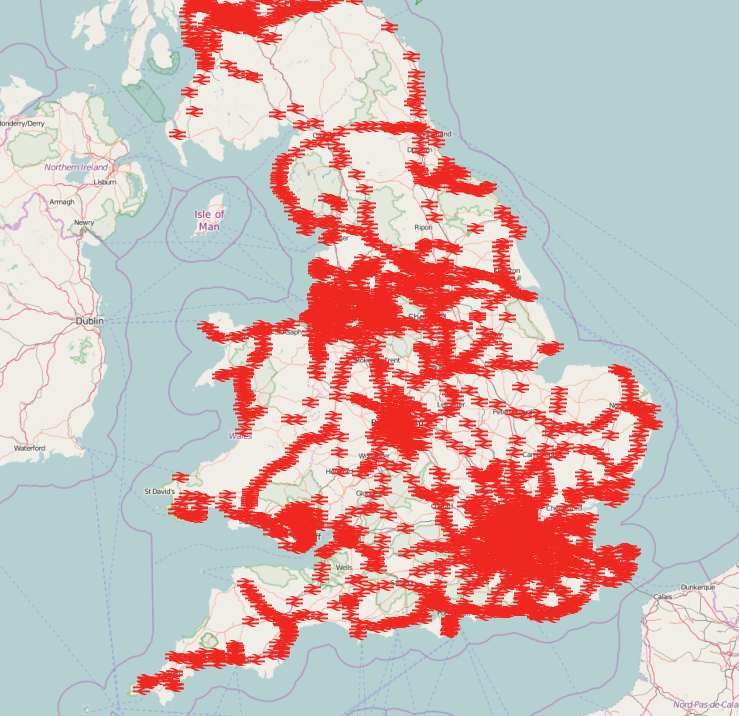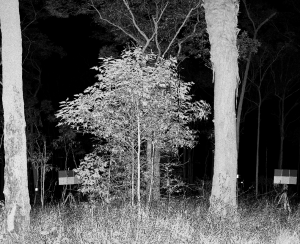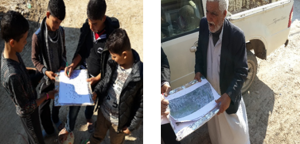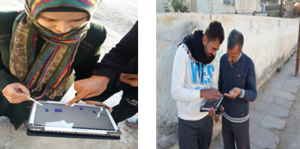So this year I (Kaizer) managed to attend the GISRUK conference in London with Dr. David Fairbairn. I must admit it was quite a good experience to meet other researchers working in the GIS field. I also had a chance to present my poster to a large number of people who never gave me a breather because they kept on coming and asking more questions. It was a good experience, to share with them what my work entailed. Their fascination was mostly on the fact that I was working towards introducing a novel concept of VGI, to a developing country (Botswana). Volunteered Geographic Information in Land Administration has a big role to play in developing countries. This research with its objectives of investigating how such a technology can be used to improve Land Administration Systems in developing countries is very optimistic that it is what the doctor ordered for regions with limited resources, dysfunctional, closed and ineffective land administration systems.
Having standards based systems has worked diligently for western countries and a large number of developing countries have tried to follow suit, with less success. The reasons being that they are simply not affordable to these countries, while in other cases they lack capacity to carry them forward after they have been implemented. As such, alternative solutions like VGI, which aim to develop affordable, fit for purpose, more open and participatory solutions are worth investigating. Our belief is that they are the answer to these countries especially in rural areas where there is little or no land information to help rural communities secure tenure. In addition, the participatory nature of VGI helps individuals become aware of activities in the communities and they are better poised to manage their land and its resources. With VGI, there can be clarity of who owns what, where, and in what proportions. Conflicts can also be reduced amongst neighbouring villagers in the community.

